In 2013, fossil fuels powered 82 per cent of the world’s entire energy system.
In 2023 we had managed to reduce our dependency on fossil fuels to .....80 per cent.1
Oh, you might say.
After all those huge new wind and solar farms stretching over the horizon; after all those shiny electric cars queuing up at charging stations; and after new climate change policies from dozens of governments that supposedly launched us into a new clean energy epoch.
And we reduced our dependency on fossil fuels by 2 per cent.
Great.
(Our use of fossil fuels is still going up, by the way; oil consumption is expected to increase until at least 2030, and gas consumption far beyond that.2)
This is a post about why kicking the fossil fuel habit is so incredibly hard.
But, of course, we still absolutely have to do it.
In this post I want to cover exactly what it is about fossil fuels that keeps us hooked, why no technologies can fully replace fossil fuels, and how that has huge implications for how we address the climate emergency.
I have a small (and highly discerning) bunch of readers, from, as far as I can tell, a wide range of perspectives. So for some, a lot of this may be completely obvious and/or boring (in which case - bear with me), but for others it may hopefully be useful.
And as energy is the fundamental issue when we consider technology and all matters climate, I figure its worth some time to explore energy in a bit of detail.
Please let me know what you think in the comments.
Fossils and us: the horrible truth
So...firstly, when we see that 80 percent of our energy comes from fossil fuels, it’s important to remember that’s all primary energy, i.e all energy provision directly from an energy source, so not just electricity, but also transport, heating and all industrial processes.
A lot of the time, people like to focus just on our electricity system, mainly because its easier that way. But when you add all the other parts of our energy system to the mix, it gets a lot more complicated.
That being said, in the past few years there have been very significant - and often impressive - reductions in fossil fuel use in many countries with high emissions i.e. rich countries.
Surprisingly, the UK, possibly despite itself, has been a stand out performer, reducing its dependency on fossil fuels from 77 percent in 2013 to 40 percent in 2023. Denmark has done even better: from 68 percent to 12 percent. Even the US has dropped its dependency from 68 percent to 58 percent.3
Yet while all that’s been happening, the UK has been planning new gas fields to get every last puff of gas out of the North Sea4, Denmark opened a new gas pipeline from Norway to Poland5, and the US is actually massively ramping up its gas export capacity6.
This is a very clear pattern, by the way: gas-rich countries decarbonising their domestic grids, but rapidly increasing gas exports - Qatar, Norway and Australia are all at it too7.
A whopping 50 per cent more gas will be flooding world markets over the next few years.8 A huge amount of that will be from the US, and that would happen regardless of who won the US election.
So, just to be absolutely clear about this:
RIGHT NOW IS BOOMTIME FOR GAS.
That’s because despite countries decarbonising parts of their energy system, there are other parts that are much much harder to decarbonise.
Naturally, most countries decarbonisation plans have so far focused on the easiest bits, like feeding renewable energy into the electricity grid as and when it’s available.
But, as more renewable energy is added, it will get progressively harder to cut emissions – as there are huge parts of industry that are entirely dependent on fossil fuels.
Because here’s the thing:
FOSSIL FUELS ARE REALLY AMAZING
Which is absolutely not what you want to hear. But there it is.
Humans first discovered the incredible power of fossil fuels many many thousands of years ago, and none of the alternative energy sources and technologies we have developed since come remotely close to doing what fossil fuels do. Furthermore, they are never likely to.
Please don’t get me wrong, I’ve absolutely no doubt the big oil companies are quite unspeakably awful.
If Dante were alive and writing today, I am quite sure he’d create an extra tenth circle of hell for the exclusive use of oil executives, cunningly disguised as a golf and country club.
But if we think that’s the only reason we’re using their products, we’re as much in denial as they are.
So what makes fossil fuels so great?
Devotees of Bill Gates, which is pretty much everybody in the climate tech industry, often talk about a “Green Premium”, a term he coined in his book “How to Avoid a Climate Disaster”. The Green Premium is the extra cost you have to pay for a zero carbon alternative to any major carbon emitting activity. (For the avoidance of doubt, I am not a Bill Gates devotee).
Well, I think we need to talk about the opposite; let us call it the “Fossils’ Bargain”. The Fossils’ Bargain comprises of all the wonderful - and planet-destroyingly addictive - things we get from fossil fuels that we just can’t get anywhere else.
So here then, are five of our unfortunately favourite things about fossil fuels:
Energy density
For any given weight or volume, the energy in a fossil fuel – gas, coal and oil – is just impossible to match.
Think of a solar panel connected to a limitless battery that has been left in the sun for several million years. That’s roughly how much energy is packed into fossil fuels.
Take petrol/gasoline/benzene – it contains about 12788 watt hours per kg (watt hours is a unit of total energy capacity – for more on this, see below9). Currently the best possible lithium battery has about 300 watt hours of energy per kg, so about 2 per cent of the energy density.10
Now, when it comes to powering a car, the example above is not a direct comparison, because an electric motor is a lot more efficient at converting that energy into forward motion than an internal combustion engine – up to 90 percent efficent compared to a shocking 16 percent.
Even so, when a conventional car has a full tank it carries about 42kg of fuel, while an average EV battery weighs about 454kg. All our roads are starting to wear out much more rapidly as result of this.11
All of our heavy transport – air, shipping, long distance road haulage – is entirely dependent on the incredible energy density of fossil fuels. We have no technologies that can replace it. You may have heard breathless reports about electric or hydrogen powered planes. They are a fantasy12 – there is no realistic prospect of sustainable aviation using these fuels; batteries are too heavy13 and hydrogen, and the bulky tanks it would require, take up way too much space14. Short range electric ships and ferries are possible, and are already in service15, but long range shipping without marine oil is simply not – except by sail (there’s a wonderful recent report on this - One Planet Shipping16)
Equally, “sustainable” aviation fuels make absolutely no kind of energy sense; they would require either vast tracts of farmland that we need for well, food - or impossible quantities of energy.
Fossil fuels are easy to transport
Once you get fossil fuels out of the ground they are generally quite easy to move around. They are inflammable, obviously, but gas and oil can be moved in huge quantities by pipelines or shipments (coal is not so good in pipes, it turns out). In fact, something like 40 percent of all global shipping tonnage is actually moving fossil fuels around (all by using more fossil fuels, of course).17
Renewably sourced energy is also moveable, but it’s a lot more complicated. Generally – apart from batteries - you have to move the energy itself, rather than a substance containing energy, and that mostly means electricity cables. We can do that of course; there are electricity cables everywhere. But the further you have to move it, the more complicated it gets, and also, the more you lose in transmission, so more infrastructure is required.
Undersea cables are really hard to install and maintain. So moving renewable energy large distances at scale gets very hard.
To give you some idea, Germany plans go have a zero carbon electricity grid by 2045 (which is far, far too late, but anyway…). That means getting huge amounts of renewable electricity from the North and Baltic Seas, where most of Germany’s wind tends to be, to the South, where a lot of German factories are. So Germany plans to install over 14,000 km of new electricity cables from North Germany to the south.
The problem is that the world currently only makes about 4,000km of electricity cables a year. So that would mean Germany taking 17.5 percent of global cable production, while dozens of other countries will be scrambling to massively increase their grids. So it’s plainly not realistic18.
(Incidentally, these kinds of bottlenecks pop up all the way across green transition supply chains - once you’ve seen a few, you get the impression that a lot of people who should know what they’re talking about, are just pretending not to notice)
Storability
Once you’ve moved your fossils fuels to where you want them, you can keep them there pretty much indefinitely until you want to use them. And then you can use your fossils almost instantly – for example for additional power that can be fed into electricity grids.
Most rich countries have fossil fuels reserves stored up, so they will always be on hand for those chilly moments in the evenings when everyone puts on a kettle at the same time.
We really don’t have any technology that can store renewable energy in anything like the same quantities. The one way we do have that comes close is hydroelectric power; those enormous water reservoirs behind huge dams are essentially vast, very immobile batteries.
And to be sure, hydroelectric dams are very useful, but a) there are only so many suitable rivers where you can build one – and we’ve already built most of those, also b) they tend to cause an astonishing amount of ecological violence; hydroelectric dams have wiped out entire eco-systems and human communities.
Take Klamath in Oregon, after years of campaigning from indigenous tribes, a series of damns has just been dismantled so salmon can once again swim upstream to their spawning sites.19
If you have a bit of time watch this….
And if you have around 10 minutes to spare watch this….
(It turns out we’re really quite good at restoring ecosystems, when we put our minds to it……)
But other than hydropower, we’re really struggling for options; the largest battery in the world is in California and stores 3,287 MWH20. That’s big; about enough to power a US city of a million people for about an hour. Which is OK I guess – but not close to the scale we actually need to get, say, a city through a few days of cold, dark and still weather.
We hear a lot about making more and bigger batteries, but we’re coming up against the limits of lithium reserves to mine. Some Net Zero projections say we’ll need to increase lithium mining by 25 times. 21
And that of course requires an immense amount more ecological destruction in countries like Chile, Bolivia and Serbia, If, that is, we can actually find enough lithium.
Companies are experimenting with other compounds for batteries - sodium-ion looks promising but is years away from large scale commercial production. 22 There have been projects experimenting with storing energy as heat in salt or sand, or even hauling up weights from a mineshaft – none so far look that convincing.
Generating very high heat
This is related to energy density, but is quite specific.
And it’s a really tough one.
Heat is about half of all energy consumption; about half of that is to heat buildings, and the other half is for industrial processes.
For industry processes, generating heat up to 400 degrees is quite easy to do with renewable sources - although it requires a lot of electricity, which is often additional load onto the grid.
But with fossil fuels, we can generate incredibly high heat, and, amazingly, in the 6,000 years or so since humans learnt how to reach 1,000 degrees or more to create materials like bronze, iron and later steel, we still haven’t discovered a good alternative to fossil fuels. An exception is wood, of course, which can also be used to reach very high temperatures - but using more wood fuel is definitely not a good route.
That very high heat is essential for many industrial processes. Hydrogen is one way to reach very high heat – it burns at 2000 °C - but the problem is that by far the easiest way to make hydrogen is with fossil fuels, which plainly defeats the purpose. Making hydrogen with electricity through electrolysis is possible, but massively energy intensive and inefficient. If we made all our steel that way we’d need 8,880Twh (that’s 8,880 trillion watt hours) of renewable electricity – which is over a third of all current electricity supply today. 23
There’s simply no way that’s going to happen.
There are other methods being tried for specific processes, but overall, it’s critical to underline this point:
We do not have an effective, energy efficient way to produce heat above 400°C at scale without fossils fuels.
And there’s another key point related to that:
Fossil fuels are actually in the materials that we depend on most
As well as high heat, in many of those heavy industrial processes, the fuel itself fuses with other materials to form new material. These processes invariably emit huge amounts of carbon, but the problem we have is that we’ve come to depend a lot on these materials.
Energy historian Vaclav Smil points to four materials that built the modern world: steel, concrete, ammonia and plastic.24
Three of those will be obvious. Ammonia maybe less so; it is used as feedstock for nitrogen fertilizer, which is the basis for industrial agriculture.
(There’s a strong argument that the Haber-Bosch process, which is the main method for manufacturing ammonia, was by far the most significant invention of the 20th Century - it is probably responsible for at least half the world’s current population.)
These materials account for a huge amount of our carbon emissions: Steel and concrete are around 8 percent each, ammonia and plastic are around 3 percent (probably a big under estimate), so that’s well over 20 percent of all our carbon emissions right there.
For some of these materials, like steel, for example, the carbon can be replaced with hydrogen - albeit requiring vast amounts of energy as noted above. But for most others there’s no alternative. With cement/concrete, there are some other possible input materials - but there’s really not realistic prospect of rolling out zero carbon cement any time soon.
There’s no fix for this
So, these are our five favourite fossil fuel things – there may well be more.
And when you look through this list of qualities, it’s pretty obvious the modern industrial world is entirely dependent on all of them.
There are many experts, scientists, campaigners, companies, and think tanks who spend a huge amount of time and effort telling us that we can do all these things with wonderful new energy sources and technologies.
That we can carry on doing exactly what we do now. Much more even. And better. And of course cleaner.
There is no evidence to support them.
All these assumptions are based on speculative technologies that do not work, much less work at scale – and are most likely never to work.
And this is why we hear an awful lot about technologies such as carbon capture and storage, and carbon removal. It is not because these technologies look promising, they do not.
Indeed, when you take a close look at them, its pretty obvious, they are not a realistic option.25
But these technologies are continually promoted because we really have no other answers for how to continue with these core industrial processes without fossil fuels.
The blunt fact is most of our green transition strategies for heavy industry are based not on evidence, but on blind faith.
Because for many people, the alternative is simply too unthinkable.
So they don’t think it.
That unthinkable alternative is to do much less of the things we do currently that emit lots and lots of carbon.
If there is a way through the climate crisis, it is not through betting on technologies that don’t exist; it requires us to admit that we simply won’t have the energy available in the future to do a huge amount of the things we do now.
And that especially applies to heavy industrial processes.
If you want to put this in technocratic terms, our current plans are almost entirely “supply led” – in other words, changing the supply by replacing carbon intensive energy sources and technologies, with cleaner ones.
The idea is we’ll just “hot swap” all the dirty energy out and swap in all the clean stuff - and we’ll all barely notice the difference.
But it’s just not going to happen like that; any truly serious carbon reduction strategy will need to be “demand led”; that is, we’ll have to use radically less energy - and we’ll also need to cut off the supply of fossil fuels. And fast.
Really fast.
And until we face up to this basic reality, our fossil fuel emissions are going to carry on going up. And up. And up.
But it might not have escaped your attention, that all of those highly carbon emitting processes are highly polluting and toxic in many other ways too. We’d all be a lot better off with a lot less plastic in the world, to name but one - what we’re now starting to learn about the toxicity of microplastics is an astonishing global scandal.
And a huge amout of our fossil fuel use is simply to facilitate more fossil fuel use - like the 40 percent of shipping just to move fossil fuels around.
Some people might call these approaches “degrowth” – a term that some people love. And others really hate.
Personally, I passionately agree with both of these views.
Whatever we call it, we’re not discussing here some kind of lifestyle choice - as degrowth seems imply for many. What we need is a massive scaling back of energy use out of basic necessity. And survival.
And we’ll have to radically cut down and even stop many of our core industrial processes - many of which seem essential to modern life. That seems unimaginable right now, but soon it will be unavoidable.
Because that’s the only way we’ll ever know to go cold turkey on fossil fuels.
IEA World Energy Outlook, page 24, IEA
https://iea.blob.core.windows.net/assets/5e9122fc-9d5b-4f18-8438-dac8b39b702a/WorldEnergyOutlook2024.pdf
Slowing demand growth and surging supply put global oil markets on course for major surplus this decade, IEA
https://www.iea.org/news/slowing-demand-growth-and-surging-supply-put-global-oil-markets-on-course-for-major-surplus-this-decade
Energy Mix, Our World in Data
https://ourworldindata.org/energy-mix
UK boosts energy security with 31 new oil and gas licenses, worldoil.com https://www.worldoil.com/news/2024/5/3/uk-boosts-energy-security-with-31-new-oil-and-gas-licenses/
‘Huge day’ for Europe as Baltic Pipe goes full throttle, Offshore Energy
https://www.offshore-energy.biz/huge-day-for-europe-as-baltic-pipe-goes-full-throttle/
Germany helps fuel explosion in US gas exports, DW.com
https://www.dw.com/en/germany-helps-fuel-explosion-in-us-gas-exports/a-67632417
Gas production by country, Our World in Data
https://ourworldindata.org/grapher/gas-production-by-country?time=2007..latest&country=QAT~USA~CAN~AUS~NOR
World Energy Outlook 2024, IEA
https://www.iea.org/reports/world-energy-outlook-2024/executive-summary
Boring (but useful) technical Note: A watt hour is a measure for total energy contained in something, whereas watts on their own measure the strength of the energy flow.
So, a phone charger typically charges at 5 watts, and a battery typically has a capacity of around 15 watt hours, so it takes 3 hours to fully charge. Both watts and watt hours are critical for measuring energy systems of any size, including planetary ones, although they get scaled up with Kilowatts (x thousand), Megawatts (x million), Gigawatts (x billion) and Terawatts (x trillion). But they often get mixed up.
Energy Density, Wikipedia
https://en.wikipedia.org/wiki/Energy_density
How much do electric vehicle batteries weigh, EVbox.com
https://blog.evbox.com/ev-battery-weight#:~:text=How%20much%20an%20electric%20vehicle,900%20kg%20(2%2C000%20pounds).
The Seductive Vision Of Green Aviation, Noema
https://www.noemamag.com/the-seductive-vision-of-green-aviation/
This is what’s keeping electric planes from taking off, MIT Review https://www.technologyreview.com/2022/08/17/1058013/electric-planes-taking-off-challenges/
Hydrogen-Powered Airplanes Face 5 Big Challenges, Scientific American https://www.scientificamerican.com/article/hydrogen-powered-airplanes-face-5-big-challenges/
Largest Battery-Electric Container Ship Now Operating — You Know Where, Clean Technica
https://cleantechnica.com/2024/08/09/largest-battery-electric-container-ship-now-operating-you-know-where/
One Planet Shipping Report, Seas at Risk
https://seas-at-risk.org/general-news/one-planet-shipping-for-a-sustainable-future/
Forty percent of all shipping cargo consists of fossil fuels, qz.com https://qz.com/2113243/forty-percent-of-all-shipping-cargo-consists-of-fossil-fuels
Will there be enough cables for the clean energy transition?, FT.com https://www.ft.com/content/c88c0c6d-c4b2-4c16-9b51-7b8beed88d75
With Dams Removed, Salmon Will Have the Run of a Western River, NYTimes https://www.nytimes.com/2024/08/27/us/klamath-dam-removal-salmon.html
California solar-plus-storage project with world’s largest BESS fully online; Energy Storage News
https://www.energy-storage.news/edwards-sanborn-california-solar-storage-project-world-largest-bess-battery-system-fully-online/
World Needs To Mine 25× More Lithium By 2050, Clean Technica https://cleantechnica.com/2022/10/20/world-needs-to-mine-25x-more-lithium-by-2050/
Sodium-ion batteries – a viable alternative to lithium? PV Magazine
https://www.pv-magazine.com/2024/03/22/sodium-ion-batteries-a-viable-alternative-to-lithium/
Decarbonization Challenge for Steel Report, McKinsey https://www.mckinsey.com/~/media/McKinsey/Industries/Metals%20and%20Mining/Our%20Insights/Decarbonization%20challenge%20for%20steel/Decarbonization-challenge-for-steel.pdf
The Modern World Can’t Exist Without These Four Ingredients. They All Require Fossil Fuels, Vaclav Smil , Time Magazine
https://time.com/6175734/reliance-on-fossil-fuels/
The overshoot myth: you can’t keep burning fossil fuels and expect scientists of the future to get us back to 1.5°C, James Dyke, The Conversation https://theconversation.com/the-overshoot-myth-you-cant-keep-burning-fossil-fuels-and-expect-scientists-of-the-future-to-get-us-back-to-1-5-c-230814

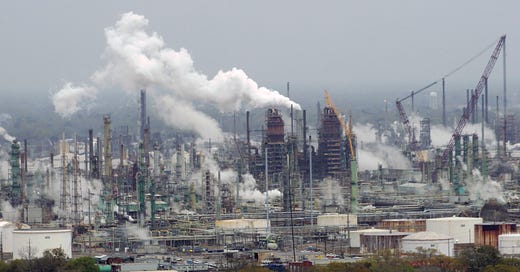



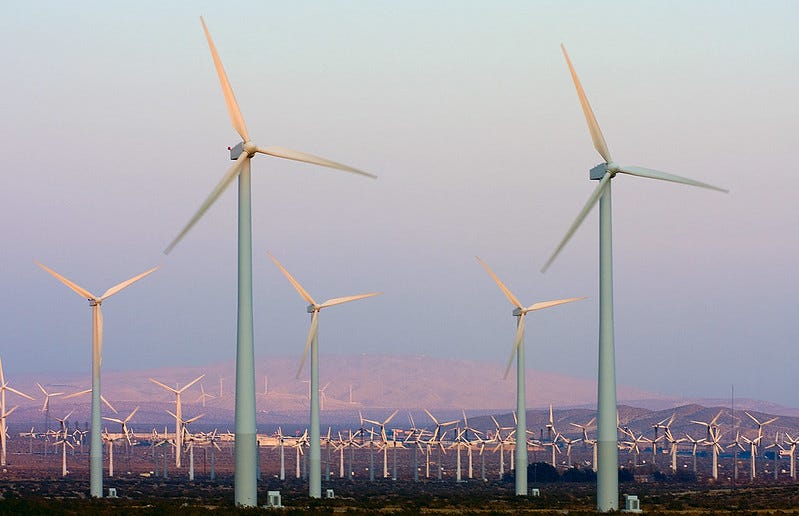
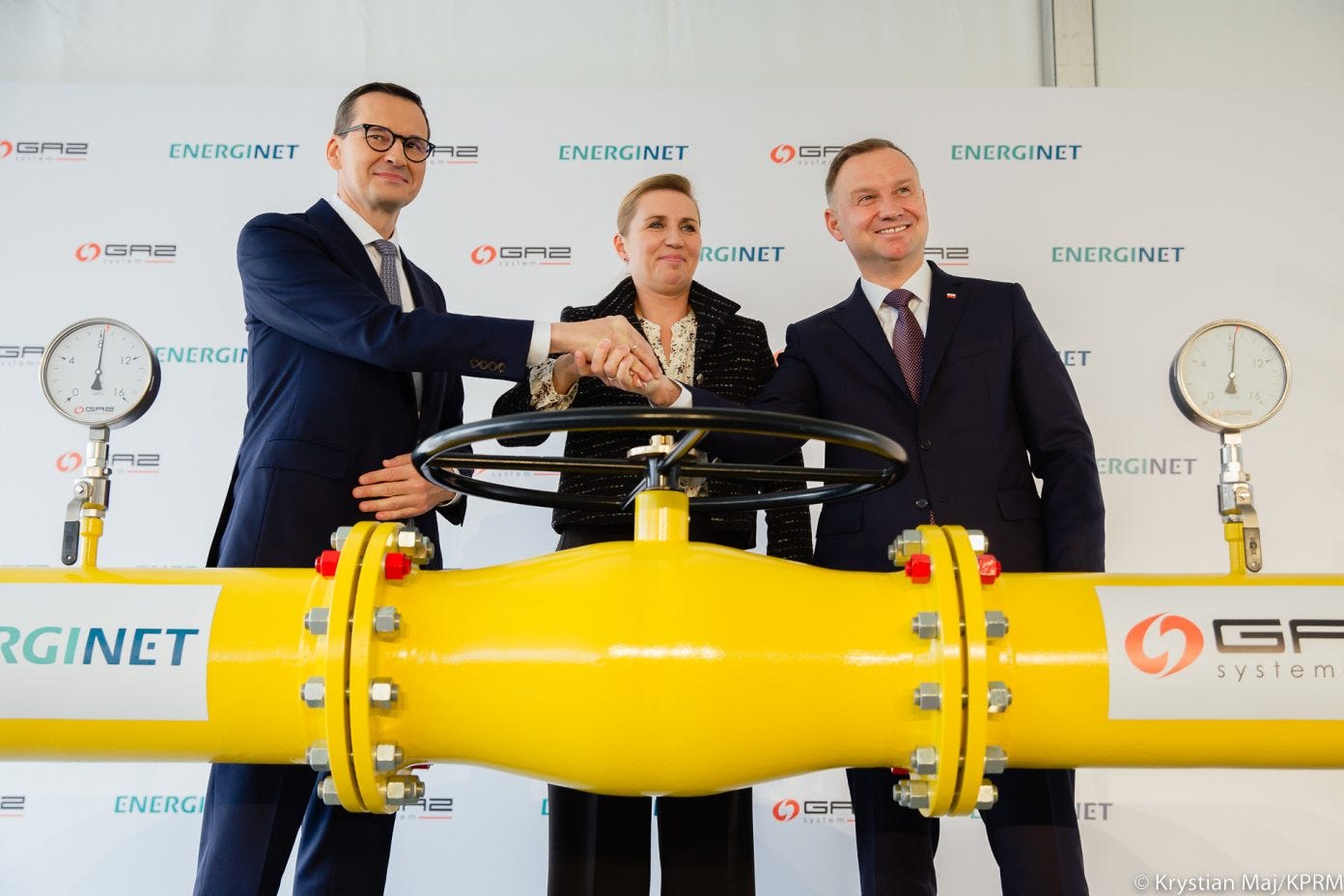
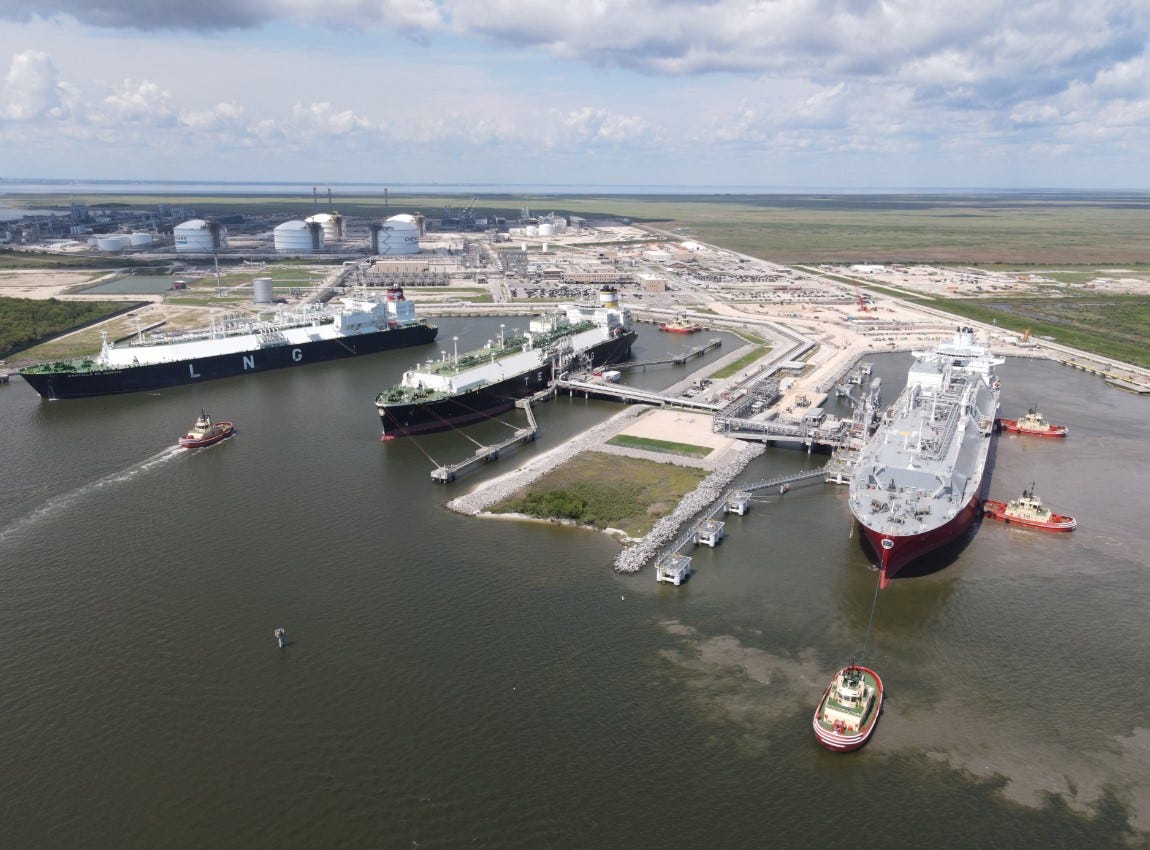


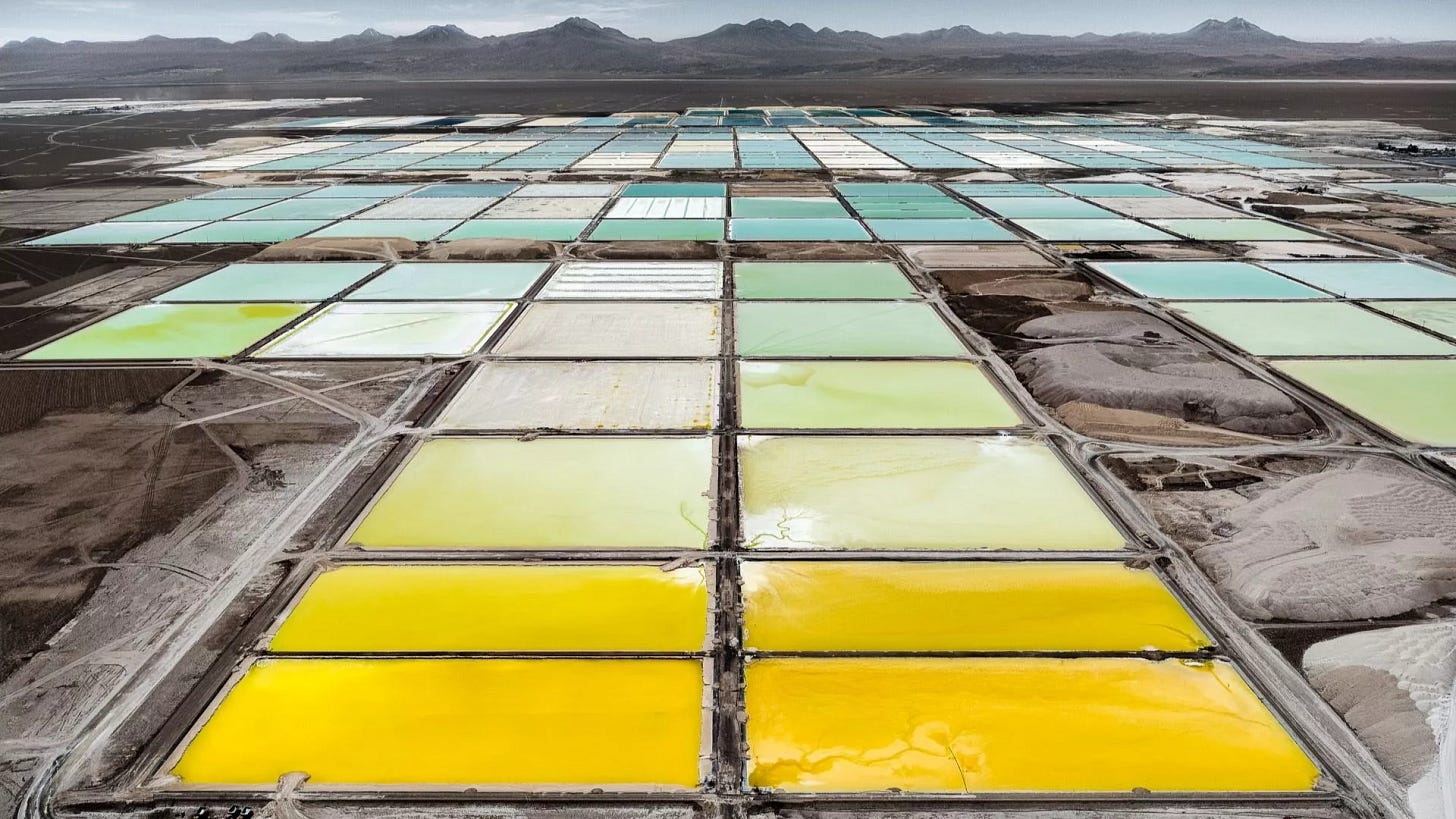

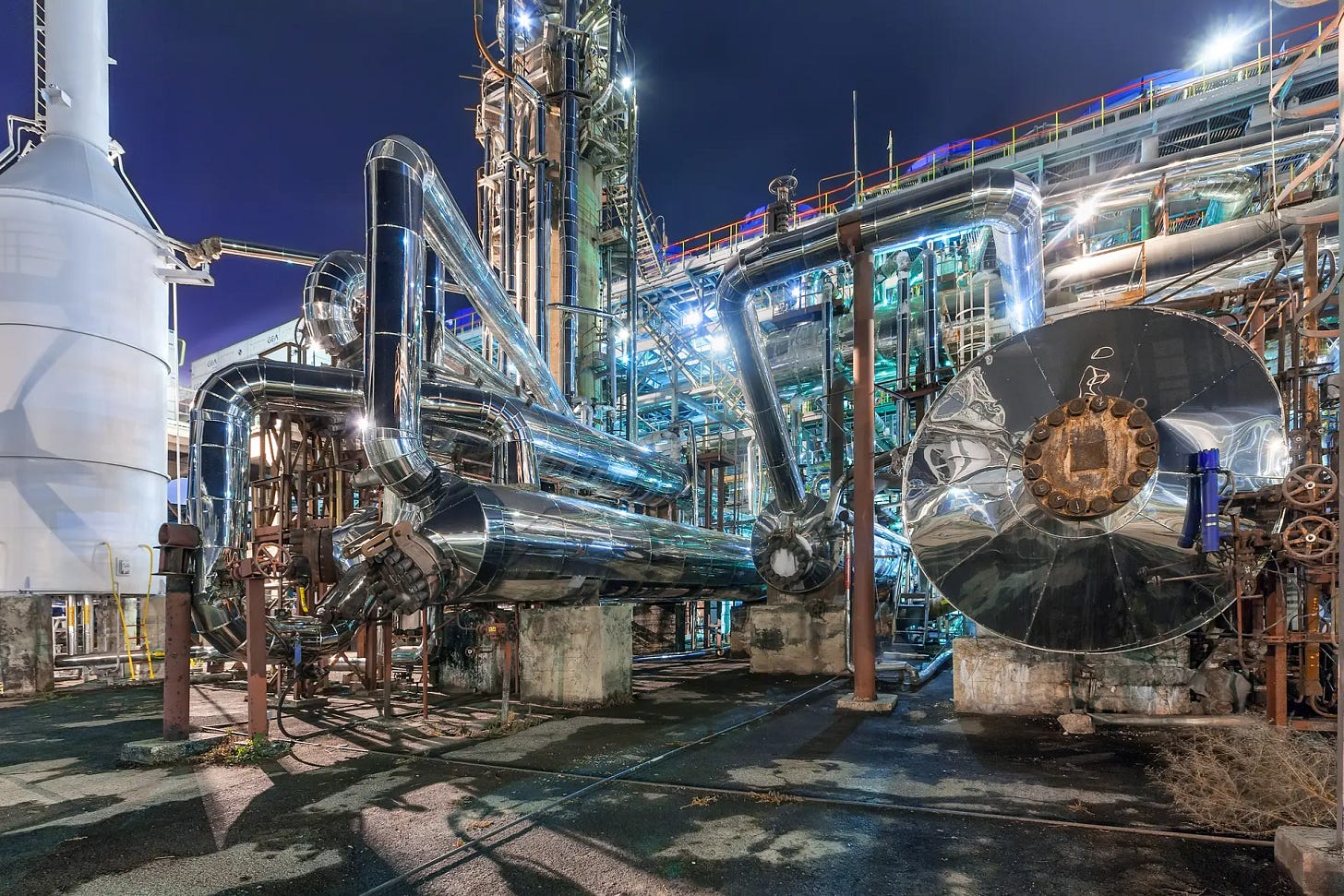
First, Thank you for providing this place to discuss reducing our energy use. Your idea to look at the issue at 3 levels makes sense to me. So does scaling back fossil-dependent activities. Alas, alas, manufacturing, operating and discarding solar PVs, industrial wind, battery storage...and EVs are all energy-intensive, mining-intensive, water-intensive, toxic-waste emitting processes. So, I don't see how re-configuring our economy for intermittency would help. In 2018, when I met Soumya Dutta (co-founder of India Climate Justice), he told me that if Westerners reduced our consumption by 75%, the planet could restore its balance. I wondered what on Earth I could do to move toward that. What came to me was to reduce my consumption by 3% per month. After six years of this effort, I notice that I need Many others to join in for this project to have any significant effect. Implementing this goal systemically would be Wonderful. Meanwhile, elections reveal that people actually want to maintain production and consumption as we've had for the last 100 years. So, now we get to wonder: How/can we make reducing production and consumption Attractive, Desirable??
Thank you for writing this, Allistair. Could you propose steps we might take to decrease our dependence on fossil fuels??